California has so much to offer the traveler: diverse food, craft beer, incredible wines, stunning natural beauty from top to bottom, bustling cities, and so much more. One of my favorite ways to explore this beautiful state is to see the historic architecture in California. There’s so much history to see in its buildings all across the state!
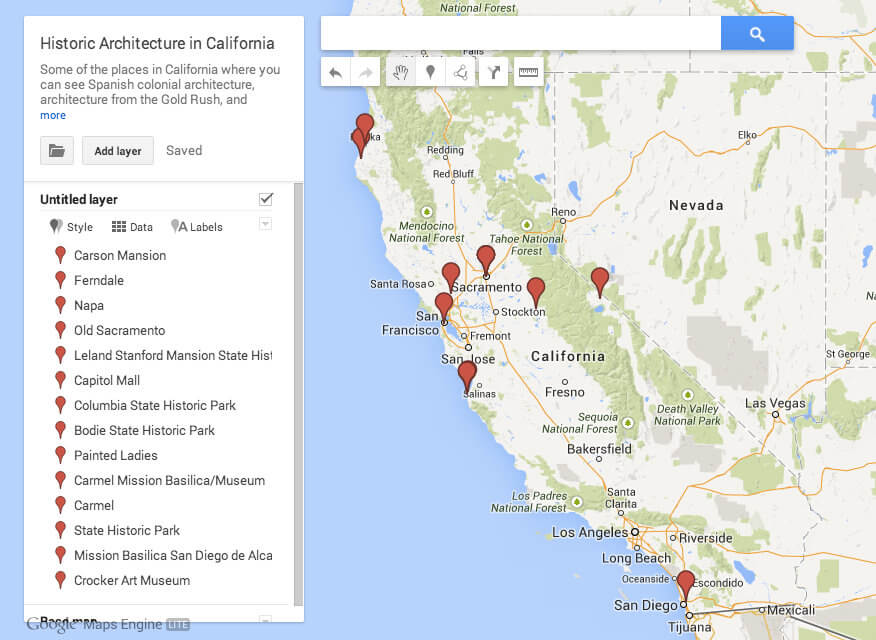
Because California is one of the westernmost states and had such a strong influence on 20th century culture, many people don’t realize the rich history that exists here. Like the rest of the U.S., California was inhabited by Native American tribes. Europeans began exploring the coast of California in the 1500s, with the first being Portuguese explorer João Rodrigues Cabrilho.
In the mid-1700s, the Spanish extended their colonization of Mexico into present-day California and built missions along the California coast. In 1821, Mexico gained independence from Spain, and California became part of Mexico until 1848 when Mexico lost the Mexican-American War. At the same time, gold was discovered in Northern California, and the Gold Rush of the mid-1800s resulted in new cities and populations in California.
Where to see historic architecture in California
Let’s look at California architecture from three periods: 18th-century Spanish architecture, mid-19th-century Gold Rush architecture, and the Victorian and Neoclassical architecture of the later 19th century.
Spanish architecture in California
The Spanish created a series of missions that stretch along El Camino Real (the King’s Road) from San Diego north to Sonoma. The second was Mission San Carlos Borromeo del Rio Carmelo (or Carmel Mission) in the town of Carmel, built in 1770. It is one of the largest and most striking missions; its architecture is straight out of Spanish colonial days, reminding visitors of this part of California’s past.
But there are 20 other missions in California, each with a different expression of this type of historic architecture. San Diego has California’s first mission.
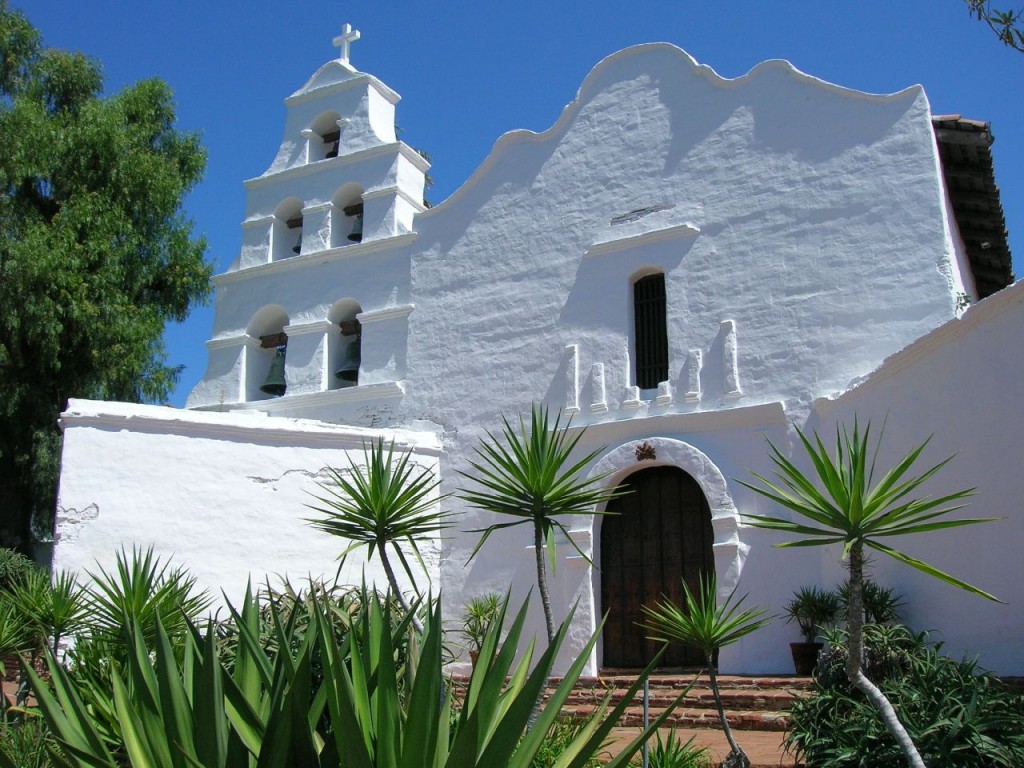
Spanish architecture can also be found in some California towns. Probably the best known is Carmel, which is filled with Spanish architectural details reminiscent of the Moorish influences in Andalusia.
The tile roofs, adobe walls, and iron decorations can be found even where you least expect it. This building is in the center of the town of Napa.
Monterey became the first capital of California in 1846, but the Spanish landed here as early as 1602. Monterey has some of the state’s oldest buildings in the Monterey State Historic Park.
Gold Rush architecture in California
The Gold Rush of the mid-19th century brought change to California quickly after gold was discovered at Sutter’s Mill in Coloma. Over 300,000 people came from all over the U.S. and even from other countries in search of gold. Most of the places where gold was found are in the foothills of the Sierra Nevada mountains, east of Sacramento.
Towns like Columbia and Bodie show what a Gold Rush town really looked like at the time, with wood and/or brick structures. The entire business district of Columbia has been preserved and is a state historic park.
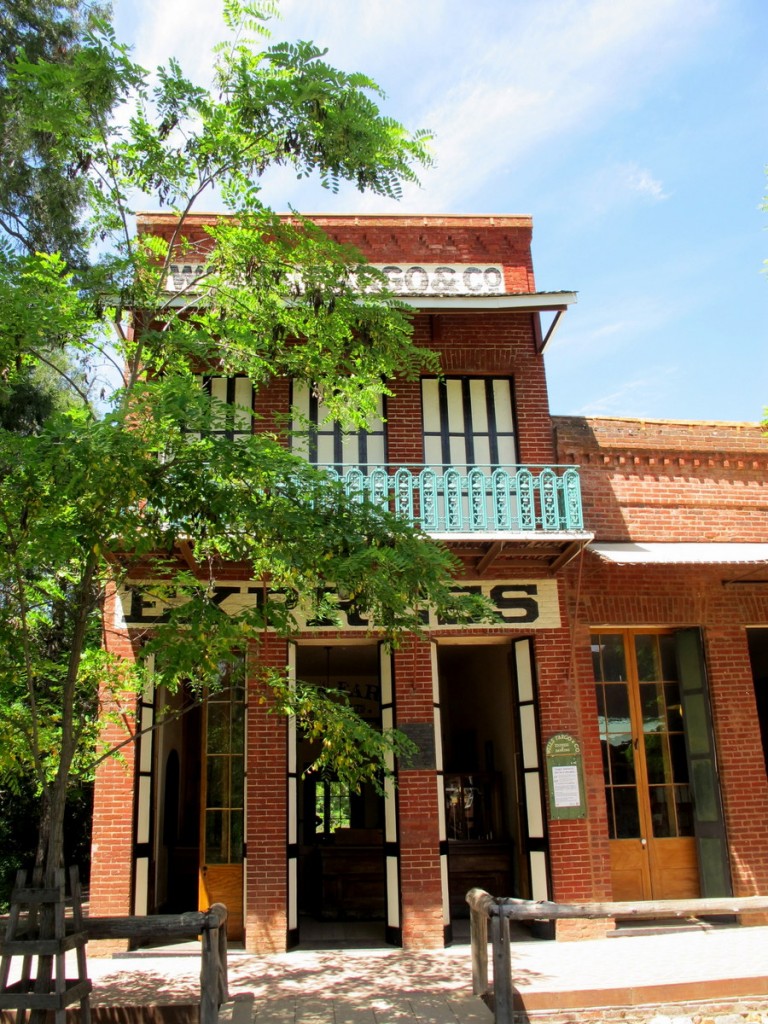
Bodie was abandoned and is now a ghost town, national historic landmark, and state historic park.
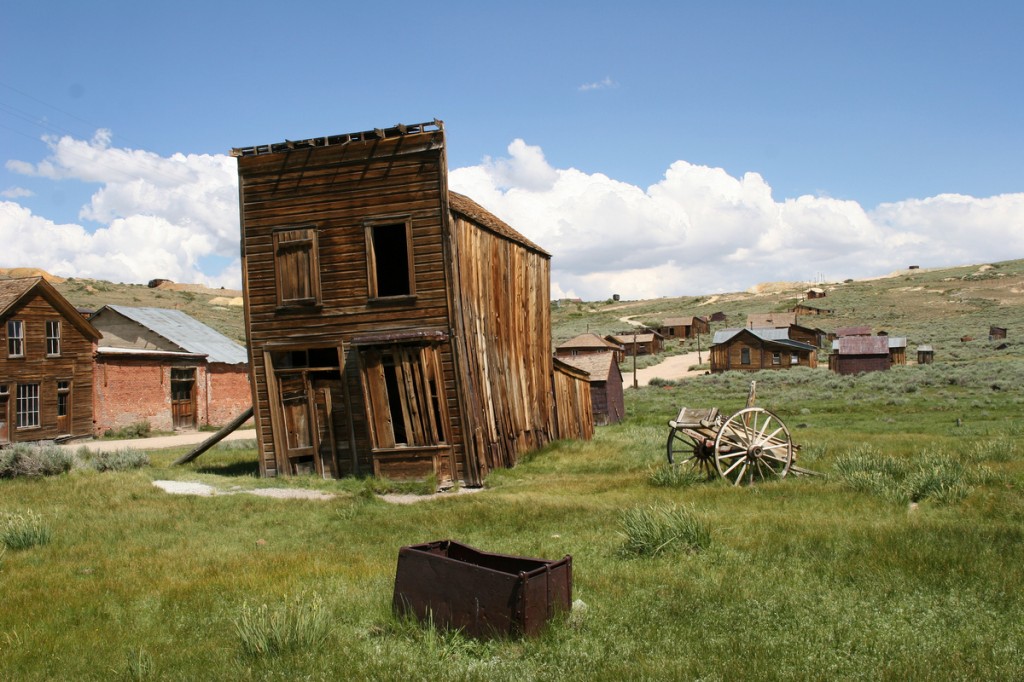
Soon after gold was found, small towns like San Francisco and Sacramento became important centers of business. The former business district of Sacramento is now a state historic park. Old Sacramento has more than 50 historic buildings that have been restored and reflect the wealth and development that came after the Gold Rush.
Some of the common architectural details from this time include decorative wrought-iron balconies, Victorian details…
large shutters, arches, colorful facades on brick buildings, and covered plank sidewalks.
Victorian and Neo-classical architecture in California
After the Gold Rush died down, California continued to develop. The wealth and power that California gained in the late 1800s is still visible in the state’s Victorian and Neoclassical buildings. Many cities in California, including San Francisco, Ferndale, Sacramento, Alameda, and Eureka, have beautiful Victorian architecture.
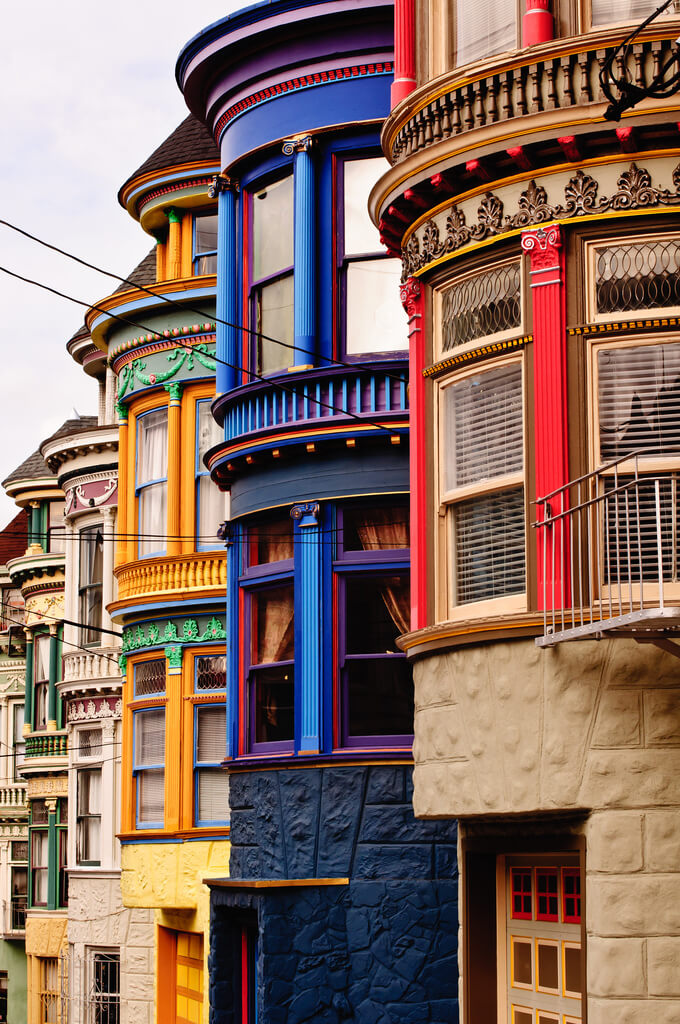
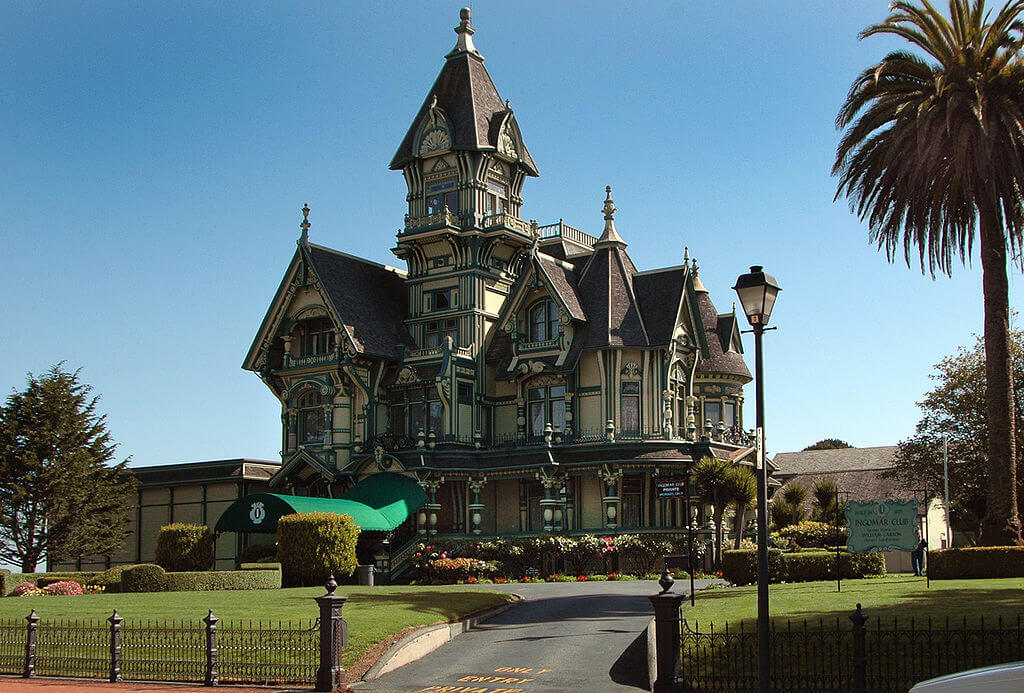
The Capitol building in Sacramento is an excellent example of Neoclassical architecture in the United States. Completed in 1871, the building showcases features of this style, from its large dome and Greek-style sculptures to the Corinthian columns.
Private residences of wealthy families also reflected the architectural styles of the time. A style influenced by Italian villas and the decadence of the Victorian period, “Victorian Italianate” style can be seen in the Crocker Art Museum and Leland Stanford Mansion in Sacramento.
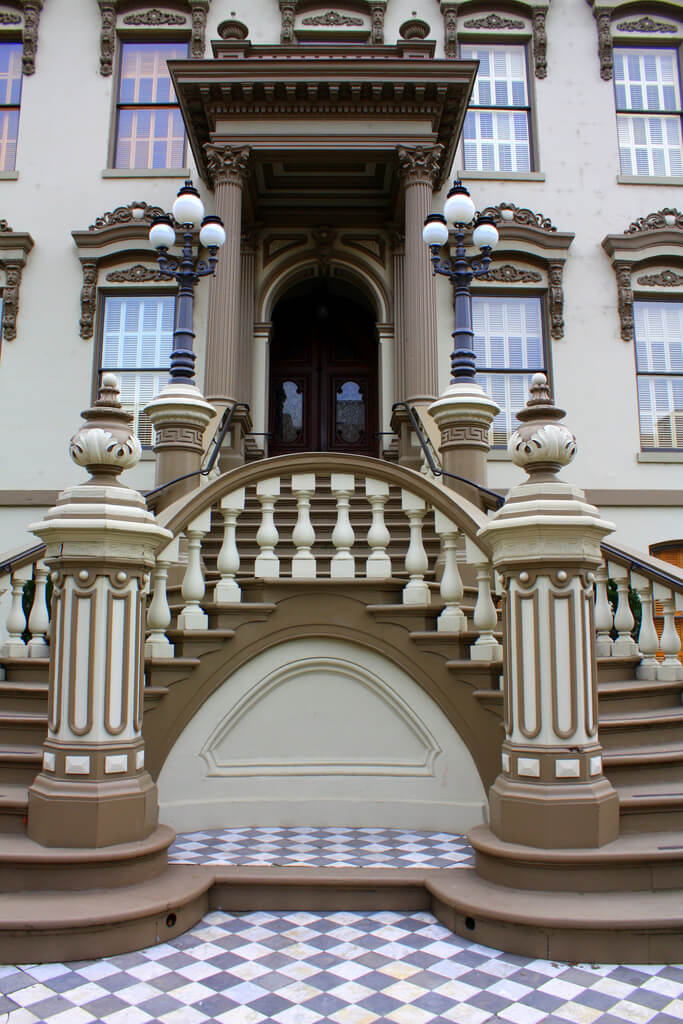
Have you seen historic architecture in California from any of these period? Where have you seen interesting historic architecture in the U.S.?
For more about travel in California, try these posts:

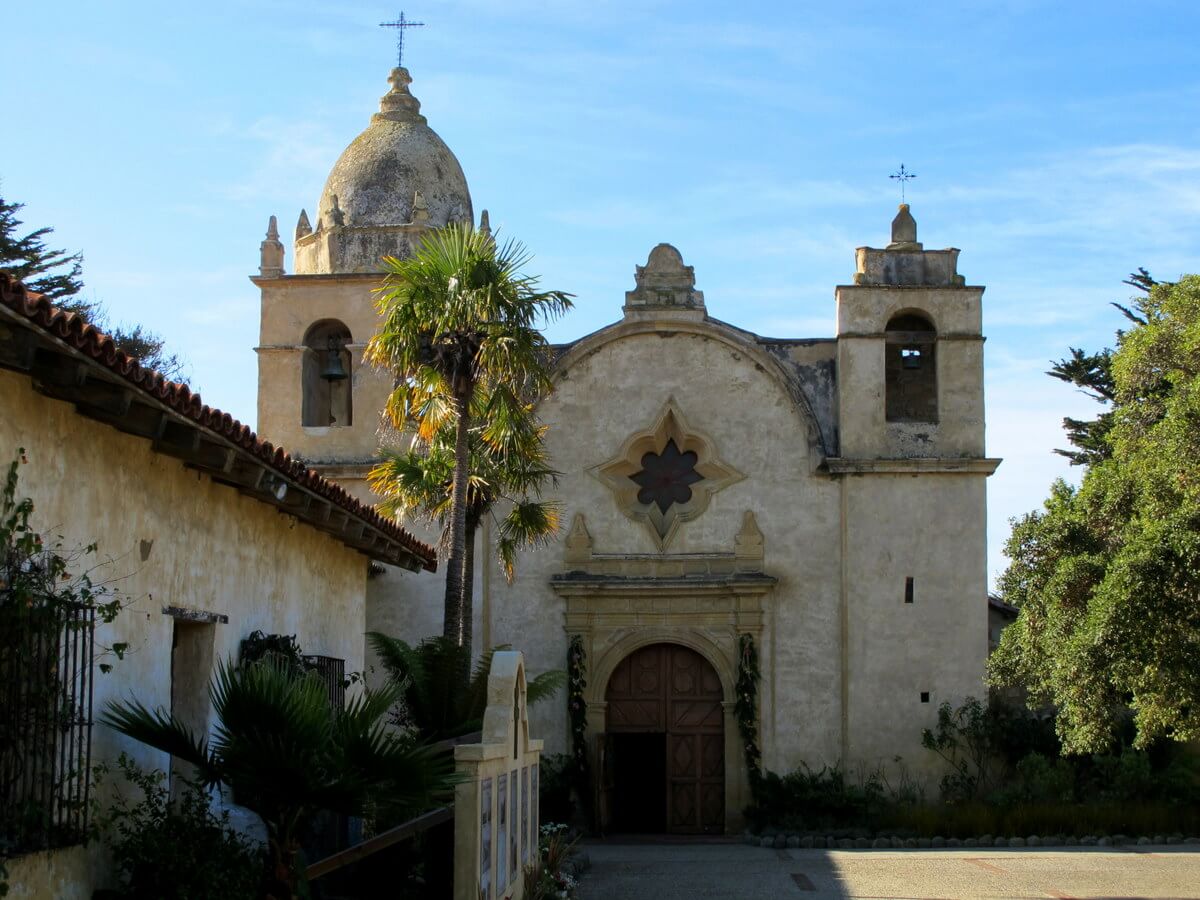
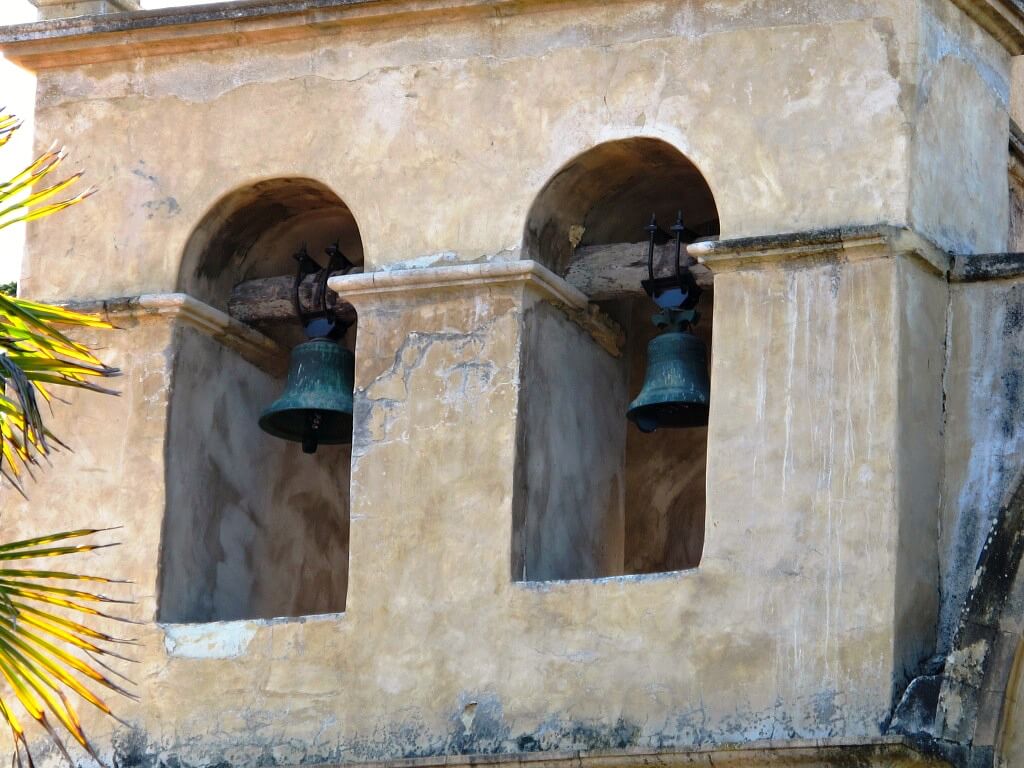
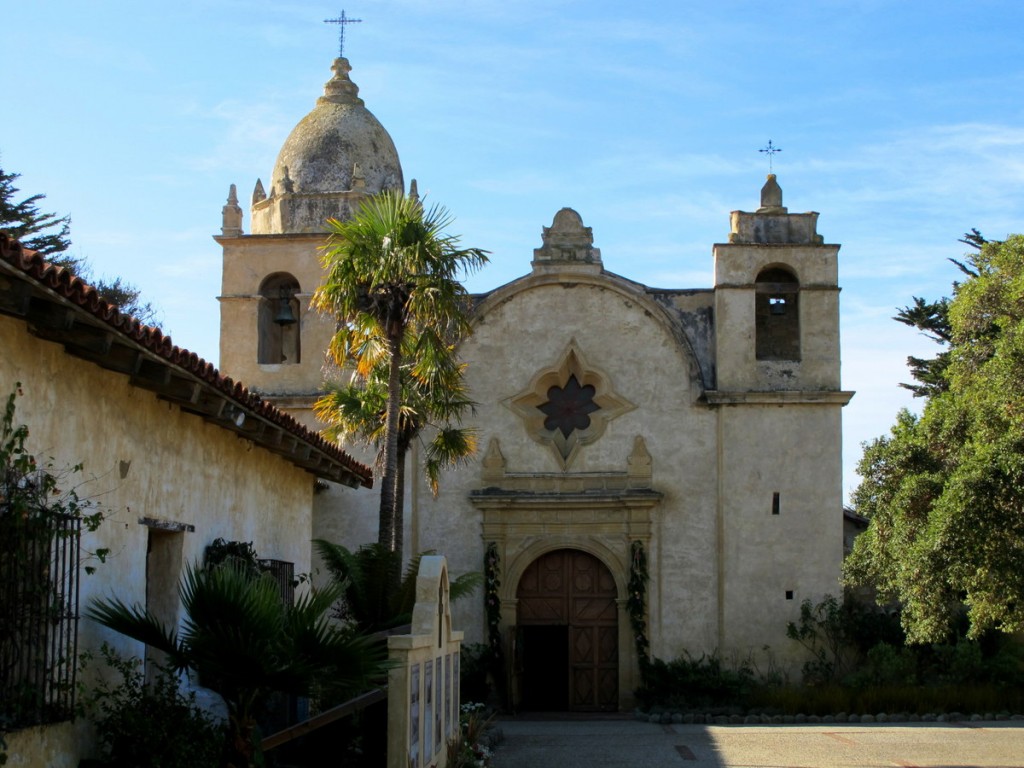
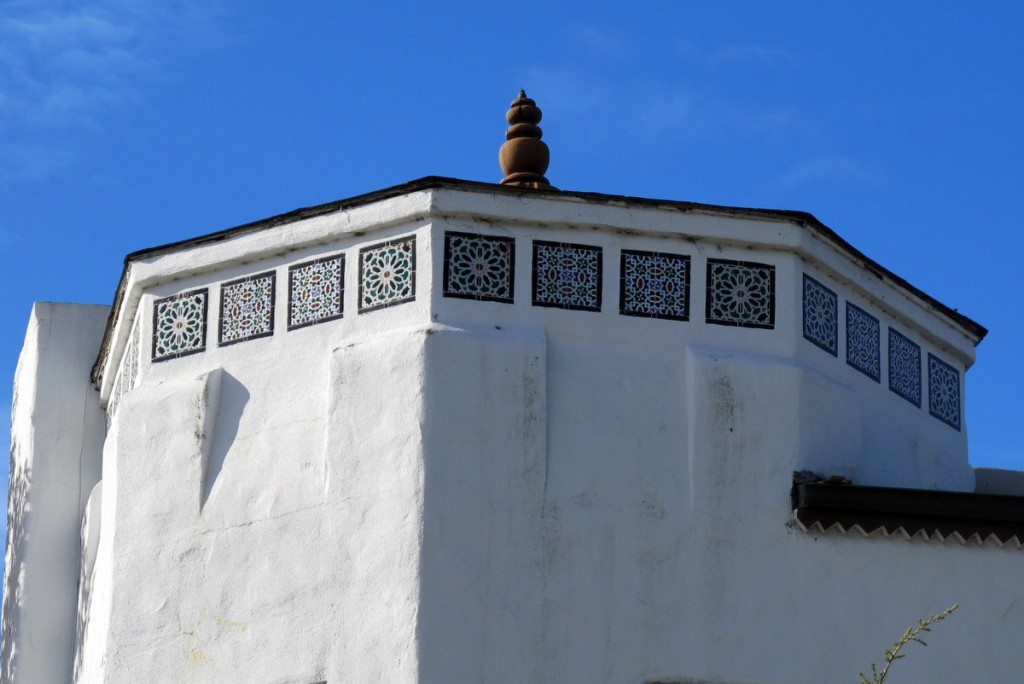
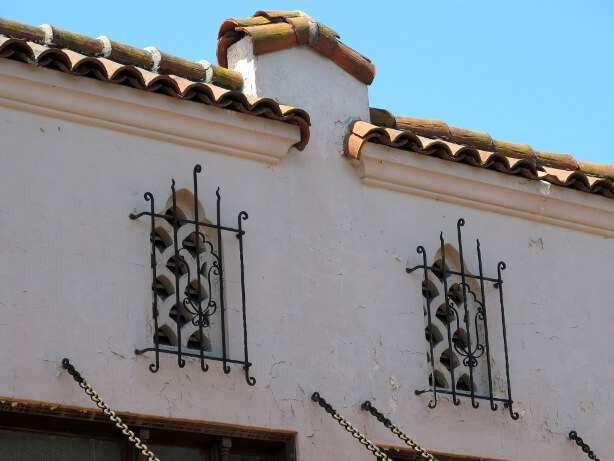
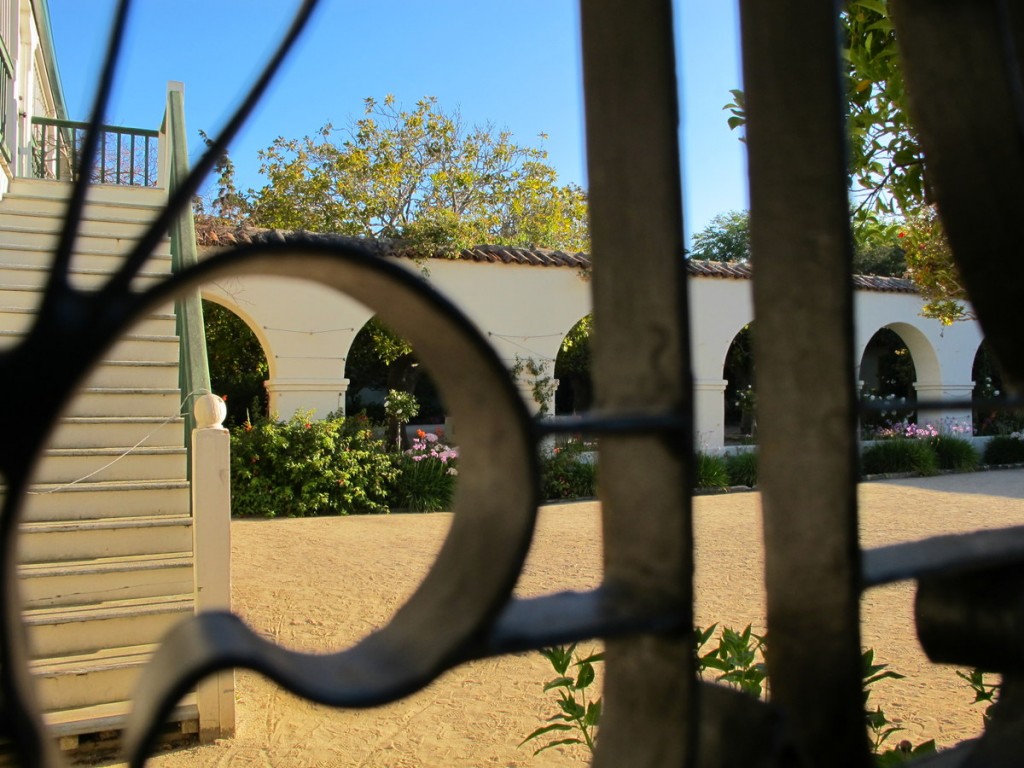
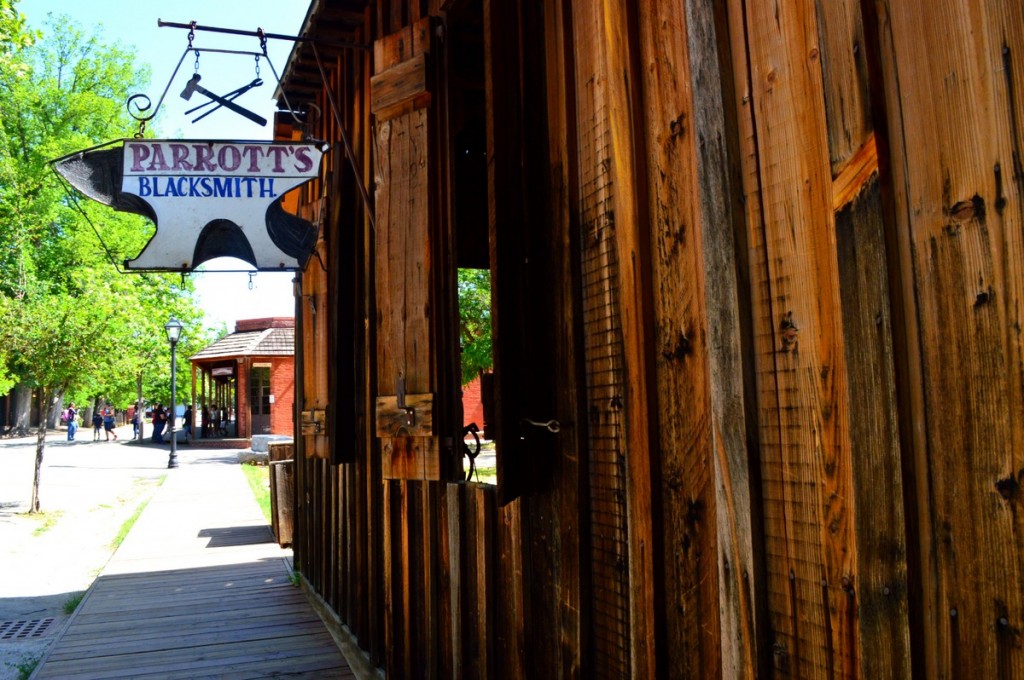
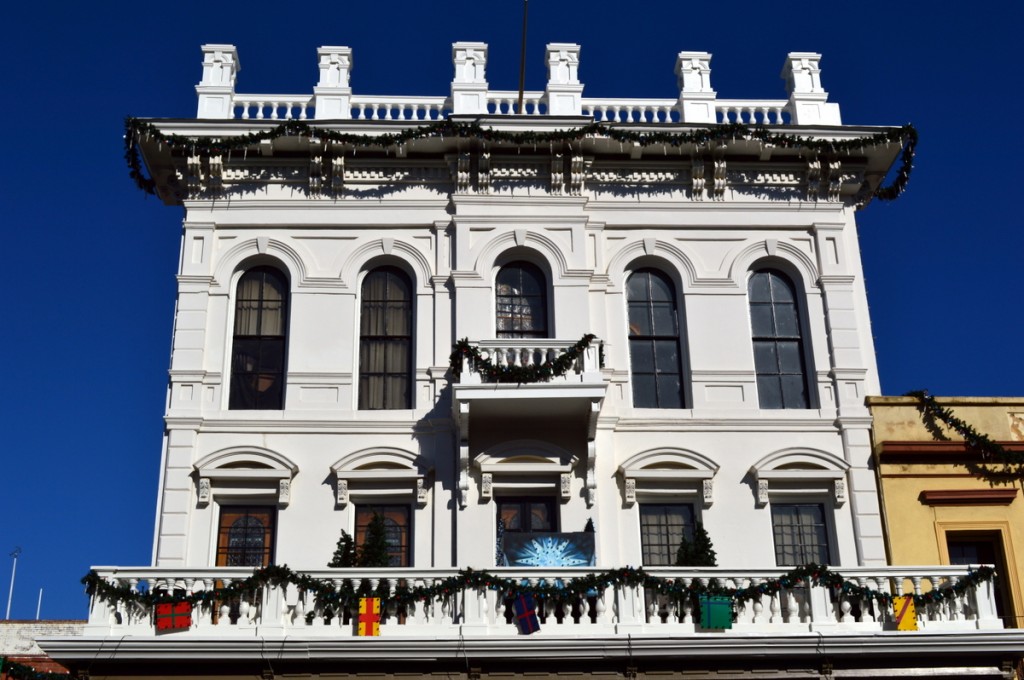
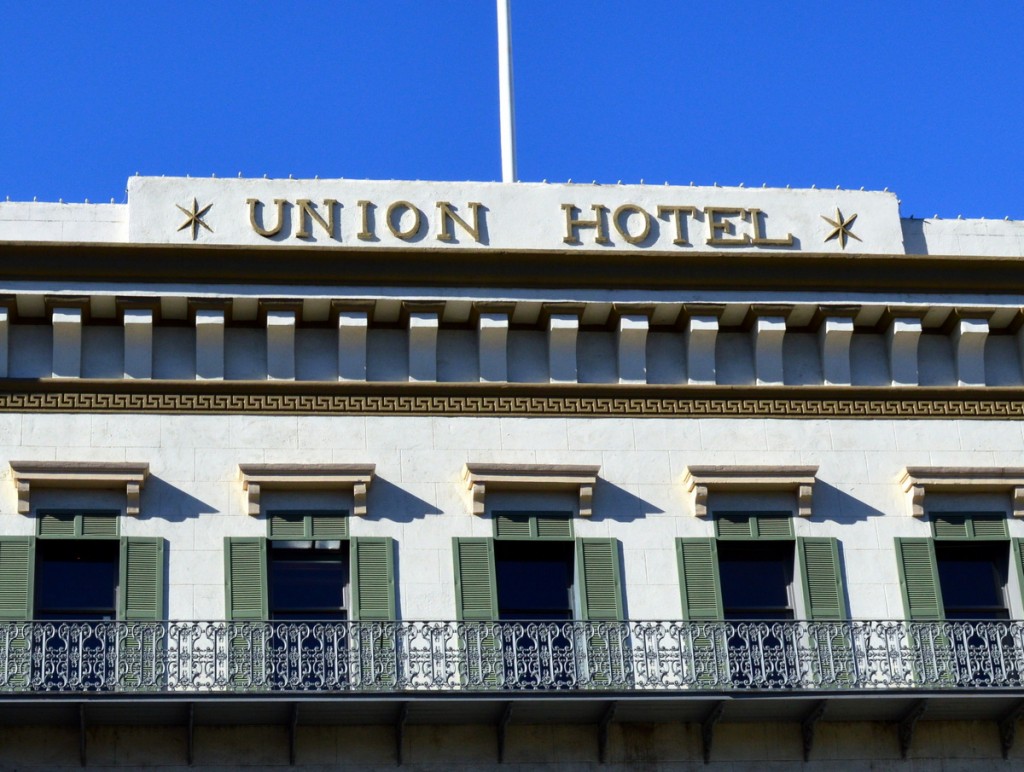
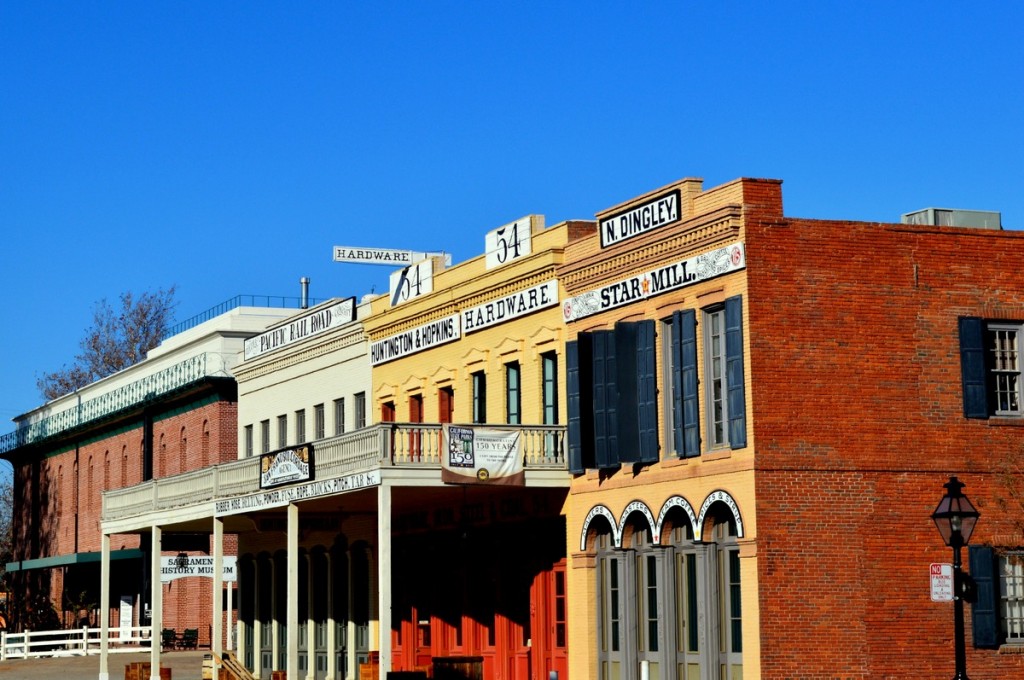
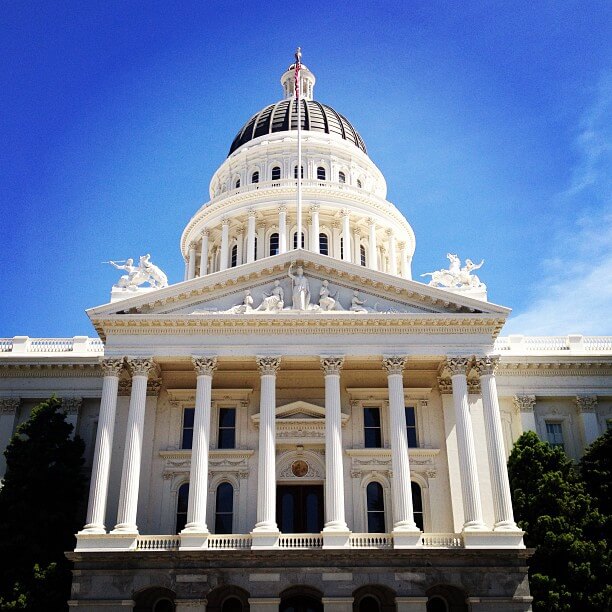
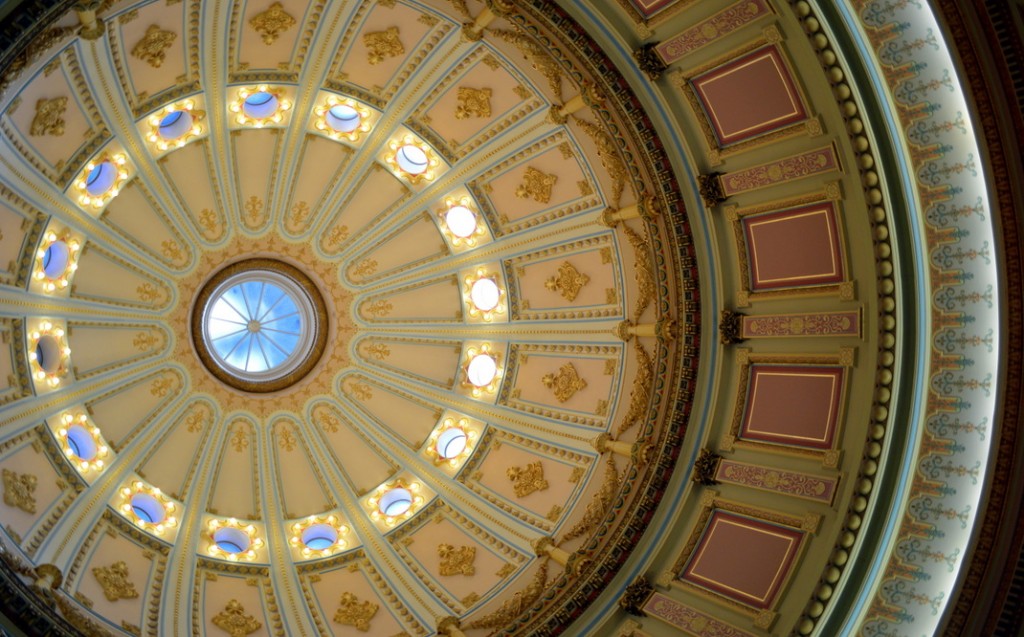
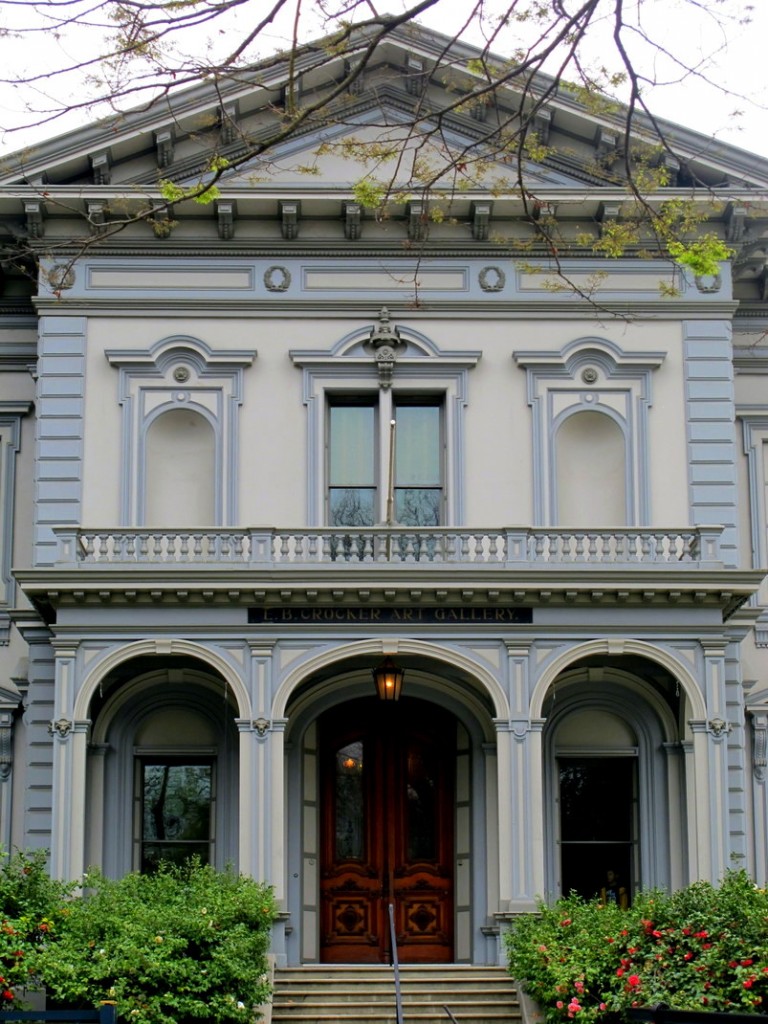

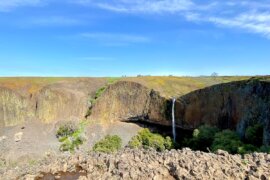
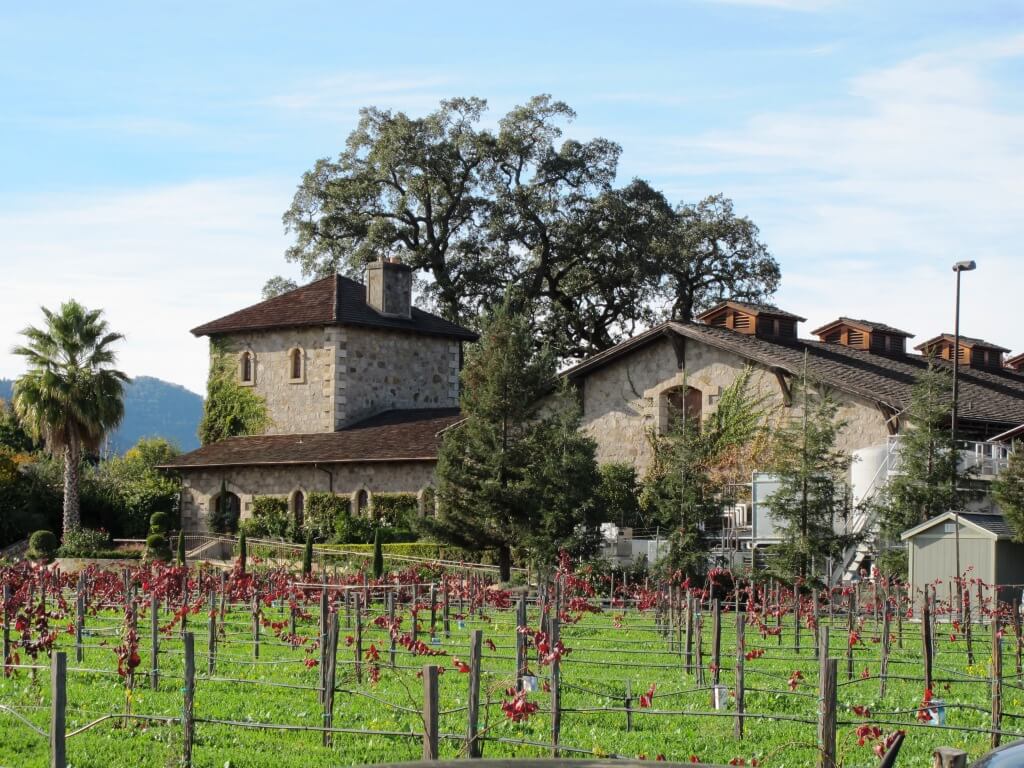
Great post, Jenna. I especially like the photo of the ironwork on the building in Napa. Very handsome. I’ve visited a few of the old missions but had no idea California was also a hotbed of Victorian architecture. Carson mansion is just crazy!
Oh yes, there’s a lot of Victorian architecture here. Many towns have Victorian houses near the downtown, and Ferndale is probably the most famous one. The town is supposed to be full of it!
Hi Jeanna. Where exactly can I find these places in Napa?
Hi Nate,
There are quite a few old buildings in downtown Napa. If you go to the city of Napa, you’ll find old architecture on 1st St. and some of the side streets all centered around the little city center, close to the river.
Oh my gosh, this is fascinating! Those spanish influenced buildings look JUST like spain! I’m more familiar with the gold rush look (from western movies and a brief drive around Cali years ago) but this is new to me. Gorgeous photos too. I love that you encourage a look at an older history than I normally associated with the USA.
So glad you enjoyed it. There is a ton of Spanish architecture here–much more than I mentioned. I’d love to do a road trip just to those places. My mom did something like that when she was a kid. She and her family traveled to all the missions.
Wonderful post! As a grown and raised California, I definitely take all of these styles for granted so it is great to see them all outlined.
Love this post!! Your photographic tour is exquisite! Your journey brought back wonderful memories of a driv down Route 1 when I was very young with stops in Hearst Castle and Carmel!
LOVE LOVE LOVE the western-town architecture which reminds me, I’ve never heard of Bodie but would love to explore around that old western town. Such history preserved forever.
Great article my friend and stunning photographs too!
Thanks so much, Jeff! I haven’t been to Bodie yet either, though I remember seeing a nice set of photos from there on Jack and Jill Travel’s site.
I love the old architecture and the way you have presented it. great post. Thanks.
So glad you enjoyed it, Laura!
I love it how you summarized centuries of architectural styles in this post. It’s great to see that so many historical buildings of centuries ago have still been preserved in California. Thanks for putting this overview together, it reveals a whole different side of California to me!
So glad you liked this post, Lydian. California has so much more than I imagined when I moved there.
Jenna, these are gorgeous photographs! You took me back a year ago when I’ve personally gazed at those majestic Victorian architecture. I remember how awesome the experience was. Still in ever awe with the Carson Mansion.
We were visiting Sacramento in July (2015), there were two statues or monuments down town near the convention center. 1st-titled.labeled “HOW ARE WE LOVING”, @a body {maybe a soldier?} on its side with 4 heads broken off next to it,,,2nd-titled or labeled “WHAT HAVE WE WROUGHT”. @a body {maybe a soldier?} With head hands feet broken off next to it. There must be a story about these. I am curious whats so important to have broken statues on display in the center of town. STEVEN S.% waitinnwatchin@centurylink.net
Hmm, you’ve piqued my curiosity. I have no idea about these sculptures, but I’m going to look into it!
Hi Jenna, very nice. As a former Historic Preservation Commissioner in a California city, lover of California’s colonial and revival architecture (and modernism), I’m impressed with your enthusiasm and the work you put into this blog. Really nice! Thank you.